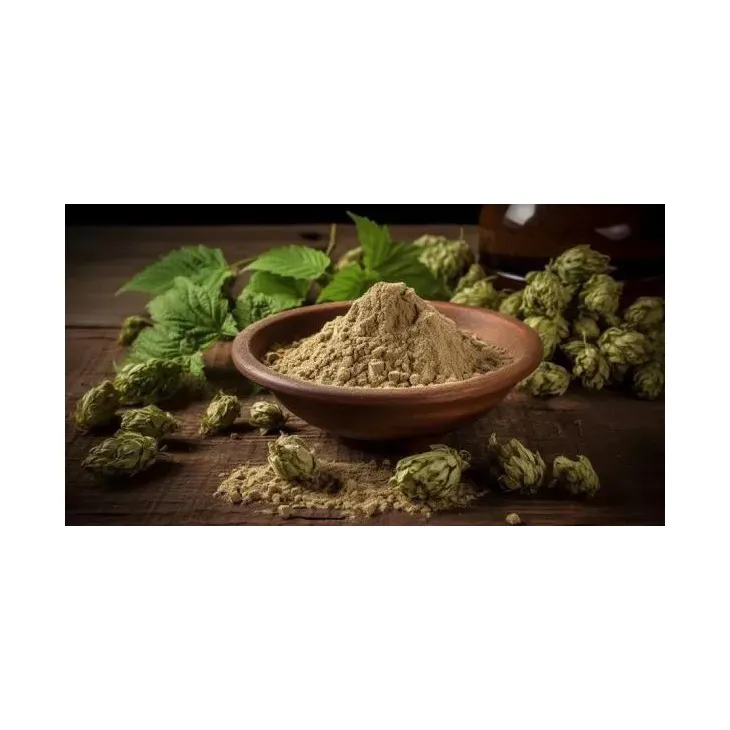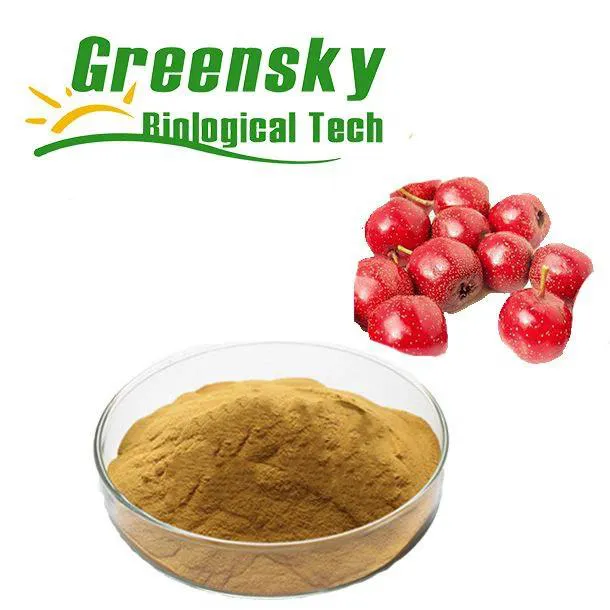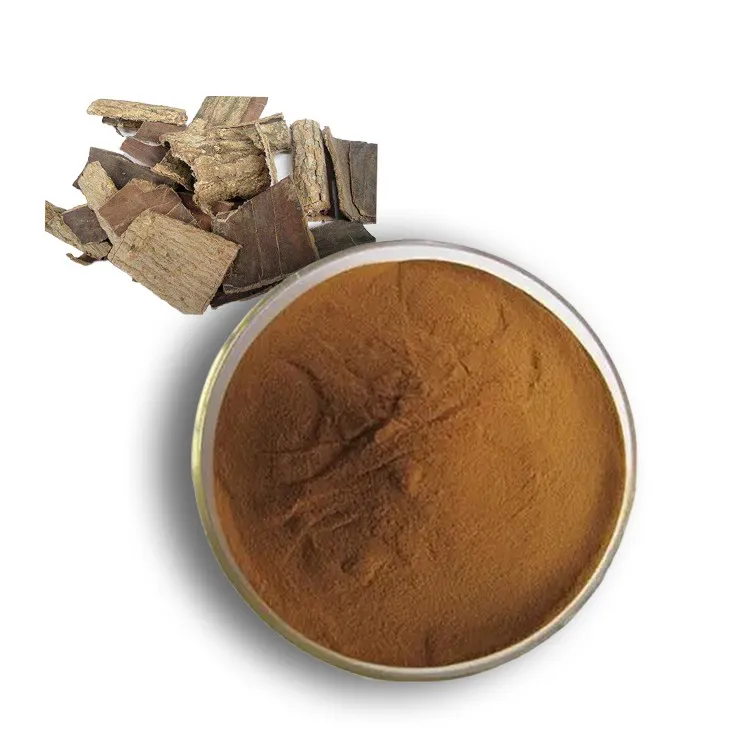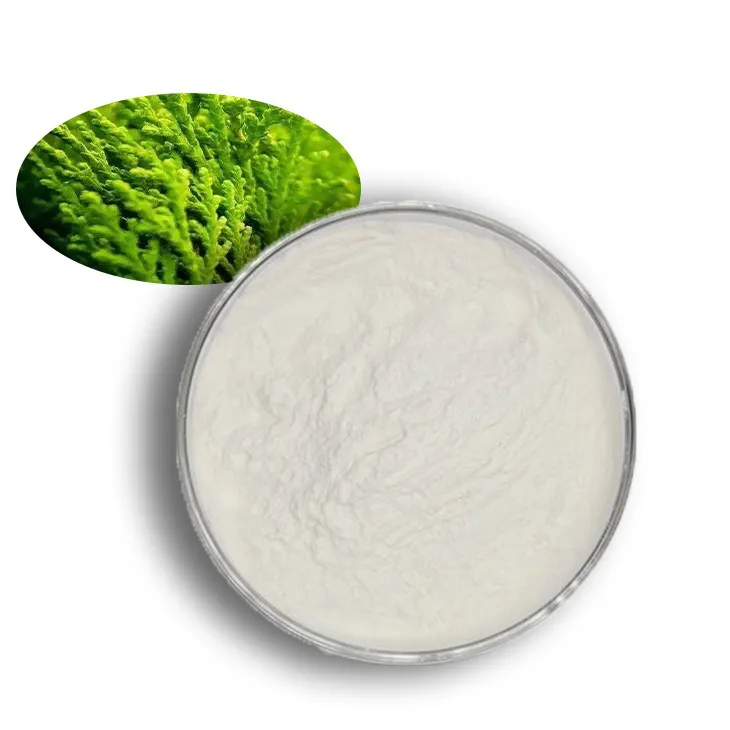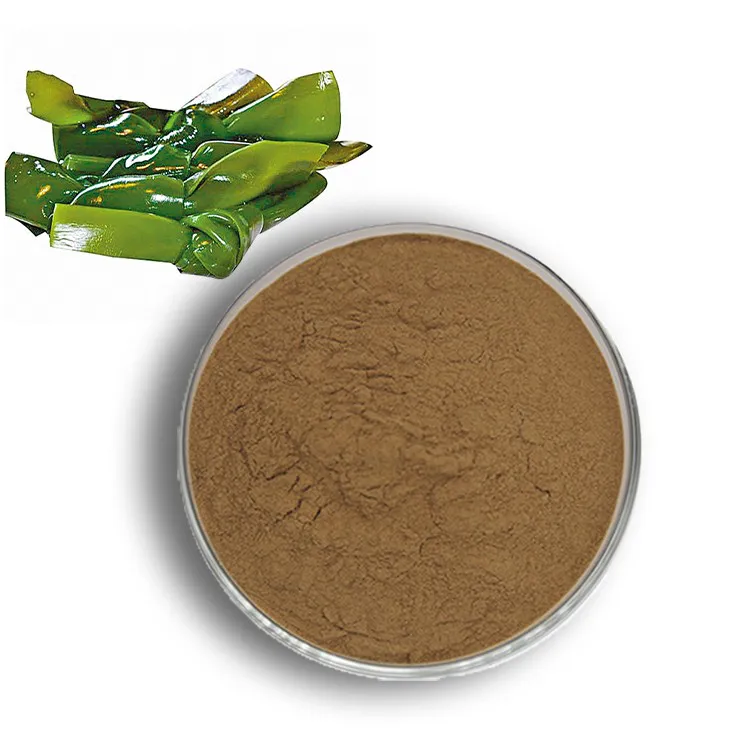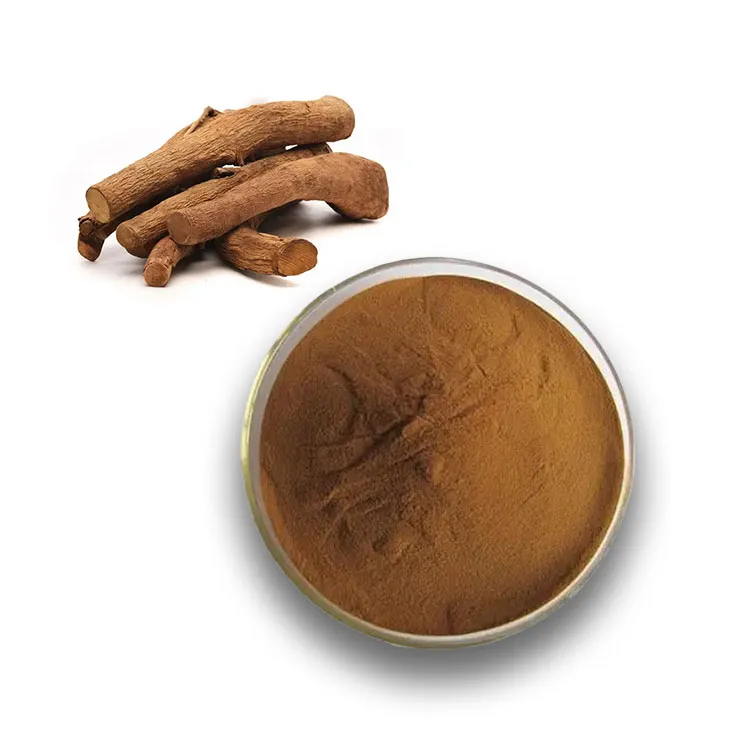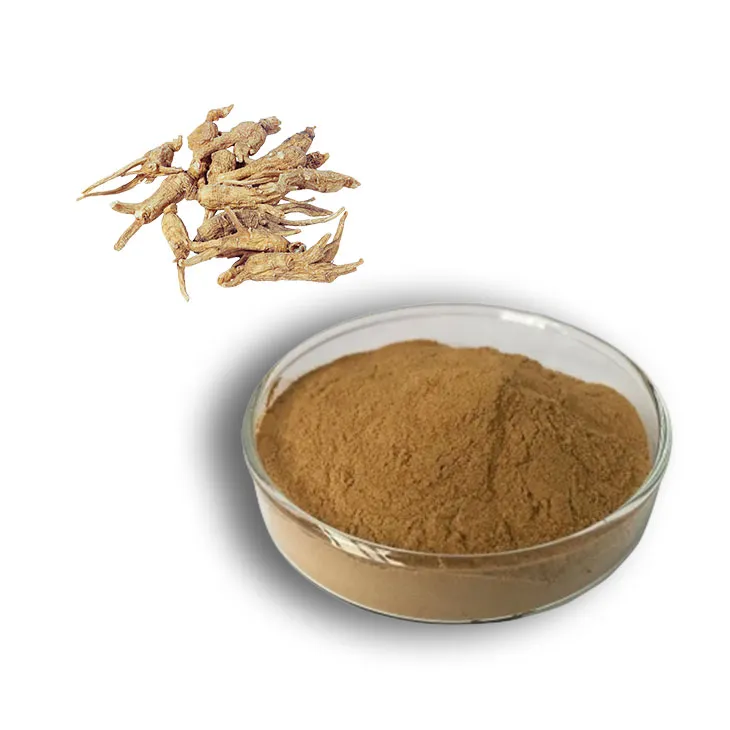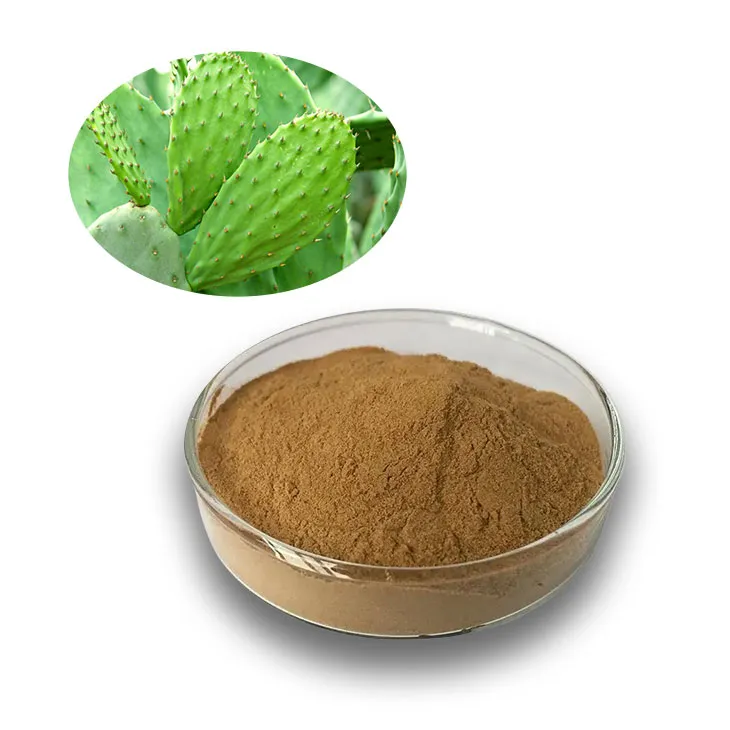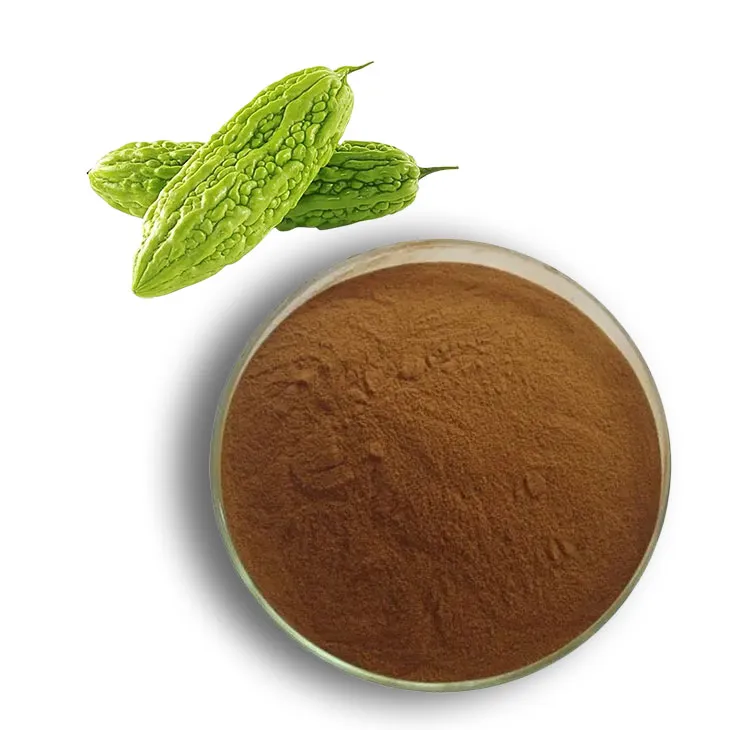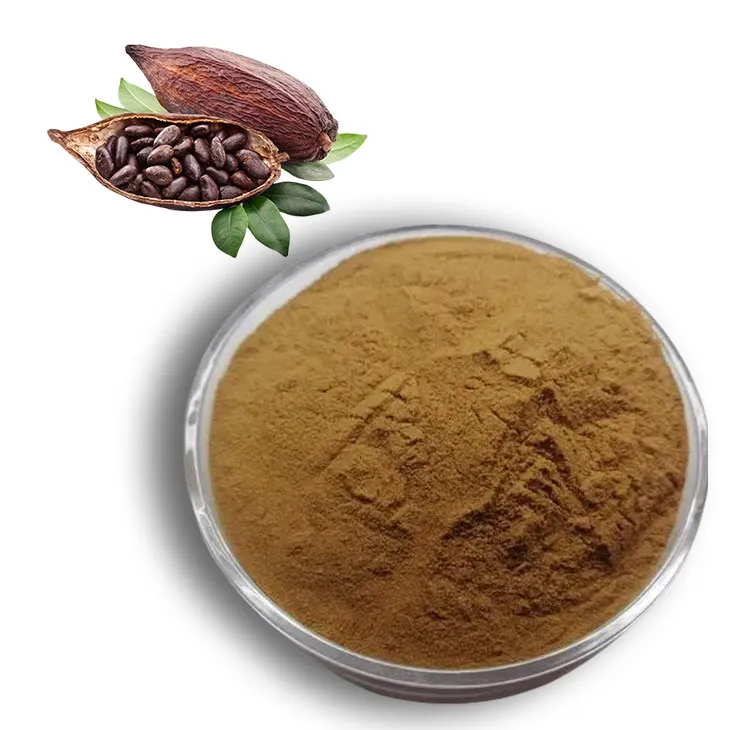- 0086-571-85302990
- sales@greenskybio.com
Science Meets Nature: Modern Research and Clinical Studies on Senna Leaf Extract
2024-07-04
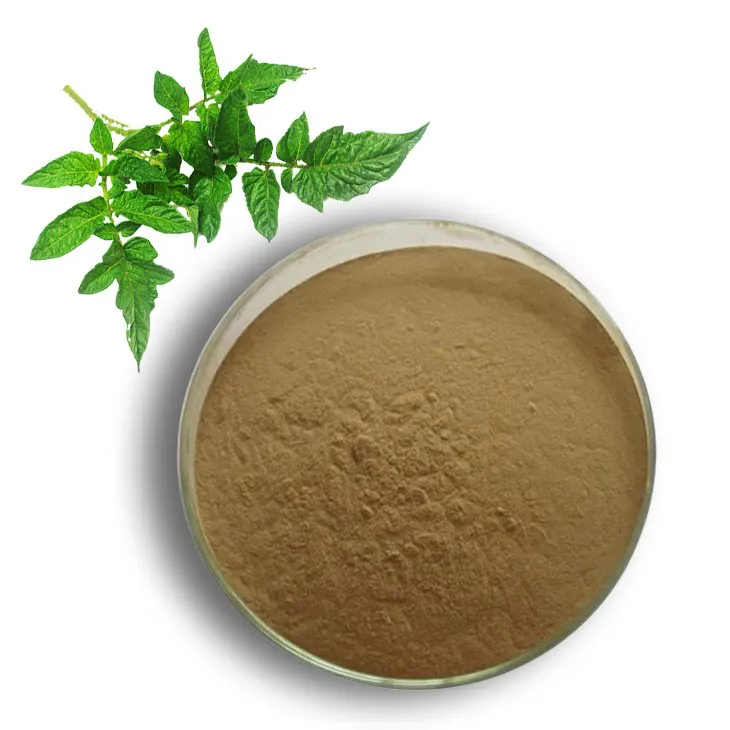
1. Introduction
Senna Leaf Extract has long been a subject of interest in the fields of both traditional medicine and modern scientific research. It is a natural product that has a rich history of use, particularly for its laxative effects. However, in recent years, the scope of research on Senna Leaf Extract has expanded significantly, delving into various aspects of its potential health benefits and possible risks.
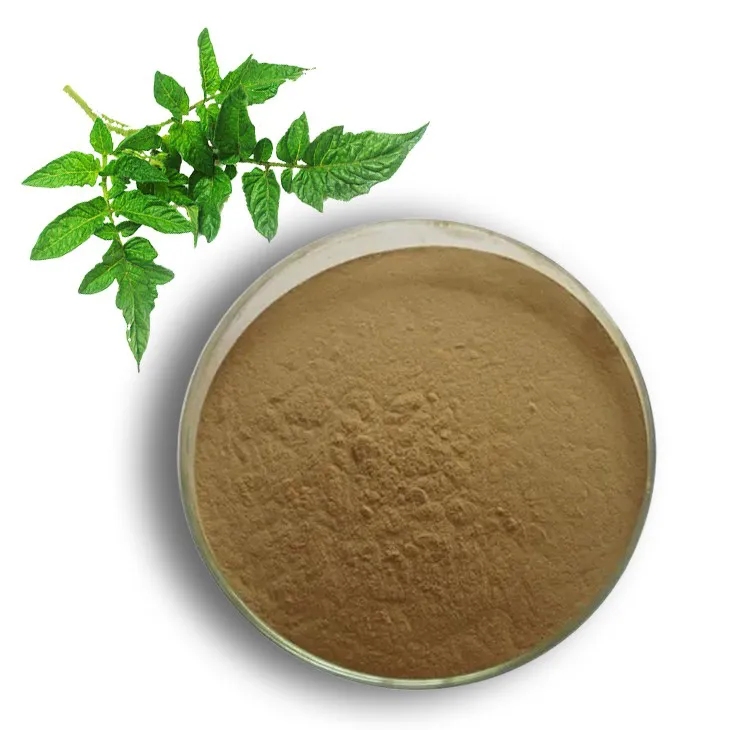
2. Laxative Properties: Well - Studied in Clinical Trials
The laxative properties of Senna Leaf Extract are perhaps the most well - known aspect of this natural substance. Clinical trials have been carried out extensively to understand how it works in the body to promote bowel movements.
Senna contains compounds such as sennosides, which are responsible for its laxative action. These sennosides stimulate the muscles in the colon, increasing peristalsis. This, in turn, helps to move stool through the intestines more quickly. In clinical studies, different dosages of senna leaf extract have been tested to determine the optimal amount for effective yet safe laxative use.
For example, a study involving a group of constipated patients showed that a specific dosage of senna leaf extract significantly improved bowel movement frequency within a short period. However, it is also important to note that improper use or over - dosage can lead to side effects such as abdominal cramps and diarrhea.
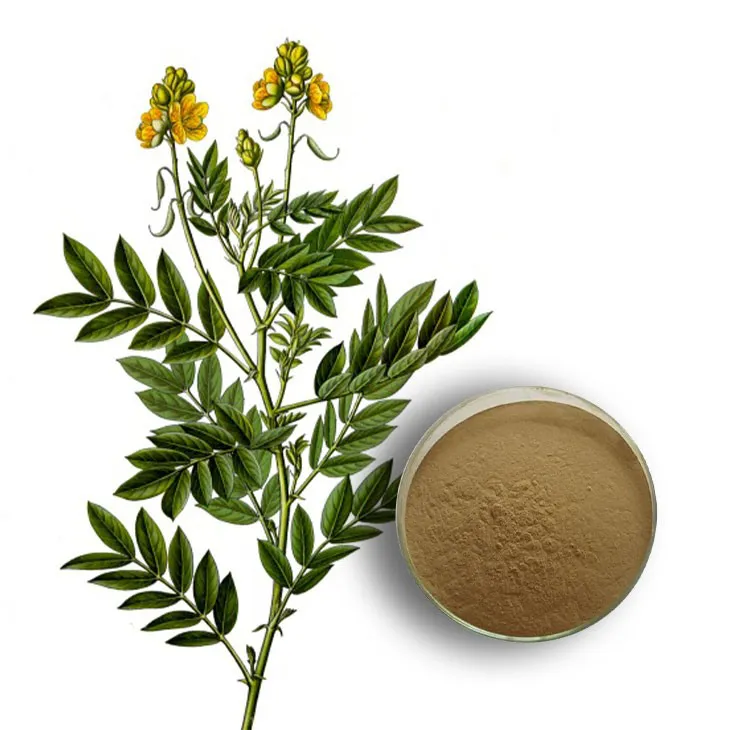
3. Potential in Treating Other Gastrointestinal Disorders
3.1 Irritable Bowel Syndrome (IBS)
Beyond its traditional use as a laxative, modern research is exploring the potential of senna leaf extract in treating other gastrointestinal disorders, such as irritable bowel syndrome (IBS).
IBS is a complex disorder characterized by abdominal pain, bloating, and changes in bowel habits. Some studies suggest that certain components in senna leaf extract may help regulate the abnormal bowel motility seen in IBS patients. However, more research is needed to fully understand its mechanism of action and its effectiveness in different subtypes of IBS.
3.2 Other Gastrointestinal Conditions
There is also ongoing research into the use of senna leaf extract for other conditions like inflammatory bowel diseases. The anti - inflammatory properties of some of its bioactive components are being investigated. For instance, in pre - clinical studies on animal models of colitis, senna - based preparations have shown some potential in reducing inflammation in the gut.
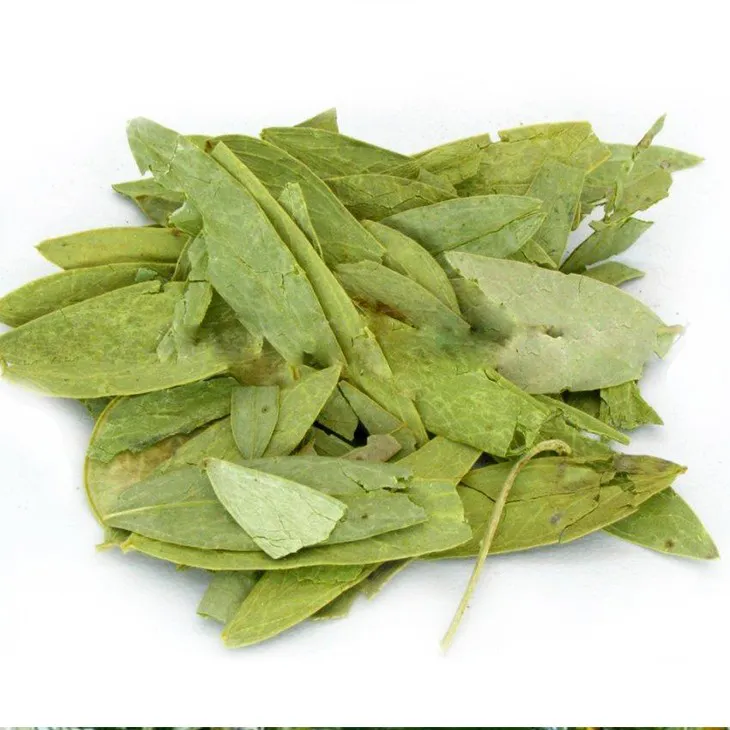
4. Impact on Overall Health: Studies on the Immune System and Disease Prevention
From a broader perspective, the bioactive components in senna leaf extract are being studied for their effects on overall health. One area of particular interest is its impact on the immune system.
Some in - vitro studies have suggested that certain compounds in senna may have immunomodulatory effects. For example, they may enhance the activity of certain immune cells such as macrophages. However, in - vivo studies are required to confirm these findings and to understand how these effects translate into potential benefits for human health.
In terms of disease prevention, there are early investigations into whether senna leaf extract could play a role in preventing certain diseases. For example, some preliminary research has looked at its potential in reducing the risk of colorectal cancer. The rationale behind this is that by promoting regular bowel movements and potentially reducing the exposure of the colon to harmful substances, it may have a protective effect. But again, much more research is needed before any conclusive statements can be made.
5. Concerns about Long - Term Use and Potential Interactions
As with any medicinal substance, there are concerns about the long - term use of senna leaf extract. Prolonged and excessive use of senna as a laxative can lead to electrolyte imbalances, particularly potassium depletion. This can have serious consequences for heart function and other physiological processes.
Another important aspect is its potential interactions with other medications. Senna may interact with certain drugs, such as cardiac medications and diuretics. For example, if a patient is taking a potassium - sparing diuretic and also using senna leaf extract regularly, there is a risk of interfering with the intended effect of the diuretic. Therefore, it is crucial for healthcare providers to be aware of these potential interactions when prescribing medications to patients who may also be using senna - based products.
To address these concerns, more long - term clinical studies are being conducted. These studies aim to better define the safe limits of senna use, both in terms of duration and dosage, and to provide clear guidelines on its use in combination with other medications.
6. Conclusion
Senna leaf extract is a fascinating natural product that straddles the worlds of traditional medicine and modern scientific research. While its laxative properties are well - established, contemporary research is uncovering its potential in other areas such as treating gastrointestinal disorders, impacting overall health, and disease prevention. However, concerns regarding long - term use and interactions with other medications cannot be ignored. Through continued research, it is hoped that a more comprehensive understanding of senna leaf extract will be achieved, allowing for its safe and effective use in the context of modern healthcare.
FAQ:
What are the main laxative components in senna leaf extract?
The main laxative components in senna leaf extract are sennosides. These compounds stimulate the colon's muscles, promoting bowel movements.
How is senna leaf extract studied in the treatment of irritable bowel syndrome?
In the study of irritable bowel syndrome, researchers look at how senna leaf extract affects the gut motility, the balance of gut microbiota, and the pain perception in the gut. Clinical trials may involve giving different doses of the extract to patients with irritable bowel syndrome and observing the changes in their symptoms over a period of time.
What effects does senna leaf extract have on the immune system?
Some studies suggest that the bioactive components in senna leaf extract may have immunomodulatory effects. They might influence the function of immune cells such as macrophages and lymphocytes. However, more research is needed to fully understand the mechanisms and the extent of these effects.
Are there any potential side effects of long - term use of senna leaf extract?
Long - term use of senna leaf extract may lead to some potential side effects. It can cause electrolyte imbalances, especially potassium loss. It may also lead to dependency on laxatives for normal bowel movements. Additionally, it can sometimes cause abdominal cramps and diarrhea.
Can senna leaf extract interact with other medications?
Yes, senna leaf extract can interact with other medications. For example, it may interact with cardiac medications as the loss of potassium due to its laxative effect can affect the heart's rhythm. It may also interact with some drugs that are metabolized in the liver, as the extract may influence the liver's enzyme activity.
Related literature
- Modern Research Advances in Senna Leaf Extract"
- "Clinical Studies on the Gastrointestinal Effects of Senna Leaf Extract"
- "The Role of Senna Leaf Extract in Overall Health: A Review of Current Research"
- ▶ Hesperidin
- ▶ citrus bioflavonoids
- ▶ plant extract
- ▶ lycopene
- ▶ Diosmin
- ▶ Grape seed extract
- ▶ Sea buckthorn Juice Powder
- ▶ Beetroot powder
- ▶ Hops Extract
- ▶ Artichoke Extract
- ▶ Reishi mushroom extract
- ▶ Astaxanthin
- ▶ Green Tea Extract
- ▶ Curcumin Extract
- ▶ Horse Chestnut Extract
- ▶ Other Problems
- ▶ Boswellia Serrata Extract
- ▶ Resveratrol Extract
- ▶ Marigold Extract
- ▶ Grape Leaf Extract
- ▶ blog3
- ▶ Aminolevulinic acid
- ▶ Cranberry Extract
- ▶ Red Yeast Rice
- ▶ Red Wine Extract
-
Uridine-5'-monophosphate Disodium salt
2024-07-04
-
Hawthorn Extract
2024-07-04
-
Eucommia Ulmoides Extract
2024-07-04
-
Carrageenan Extract Powder
2024-07-04
-
Kelp Extract Powder
2024-07-04
-
Tongkat Ali Extract
2024-07-04
-
Angelica sinensis extract
2024-07-04
-
Cactus Extract
2024-07-04
-
Bitter Melon Extract
2024-07-04
-
Cocoa Extract
2024-07-04











